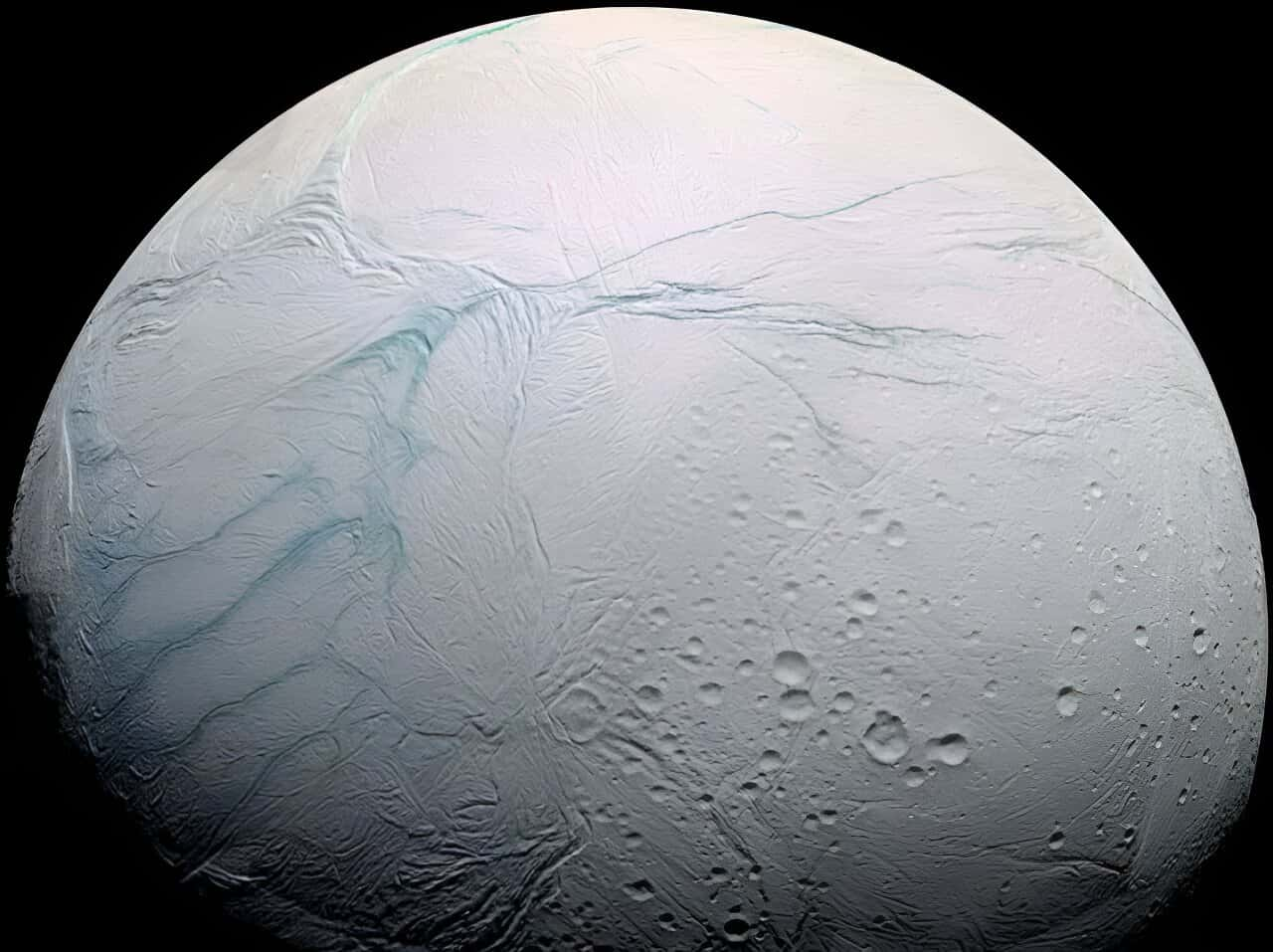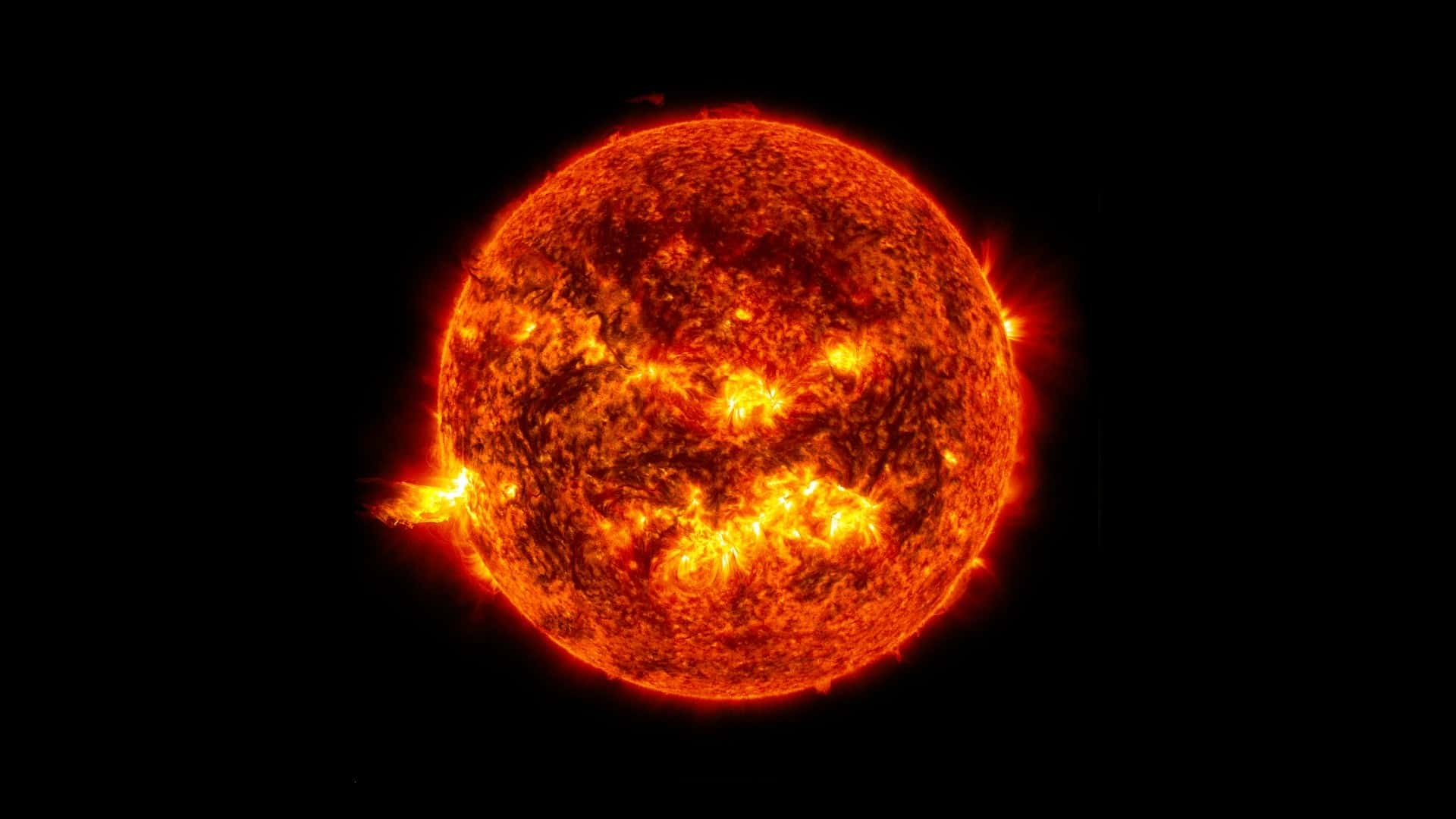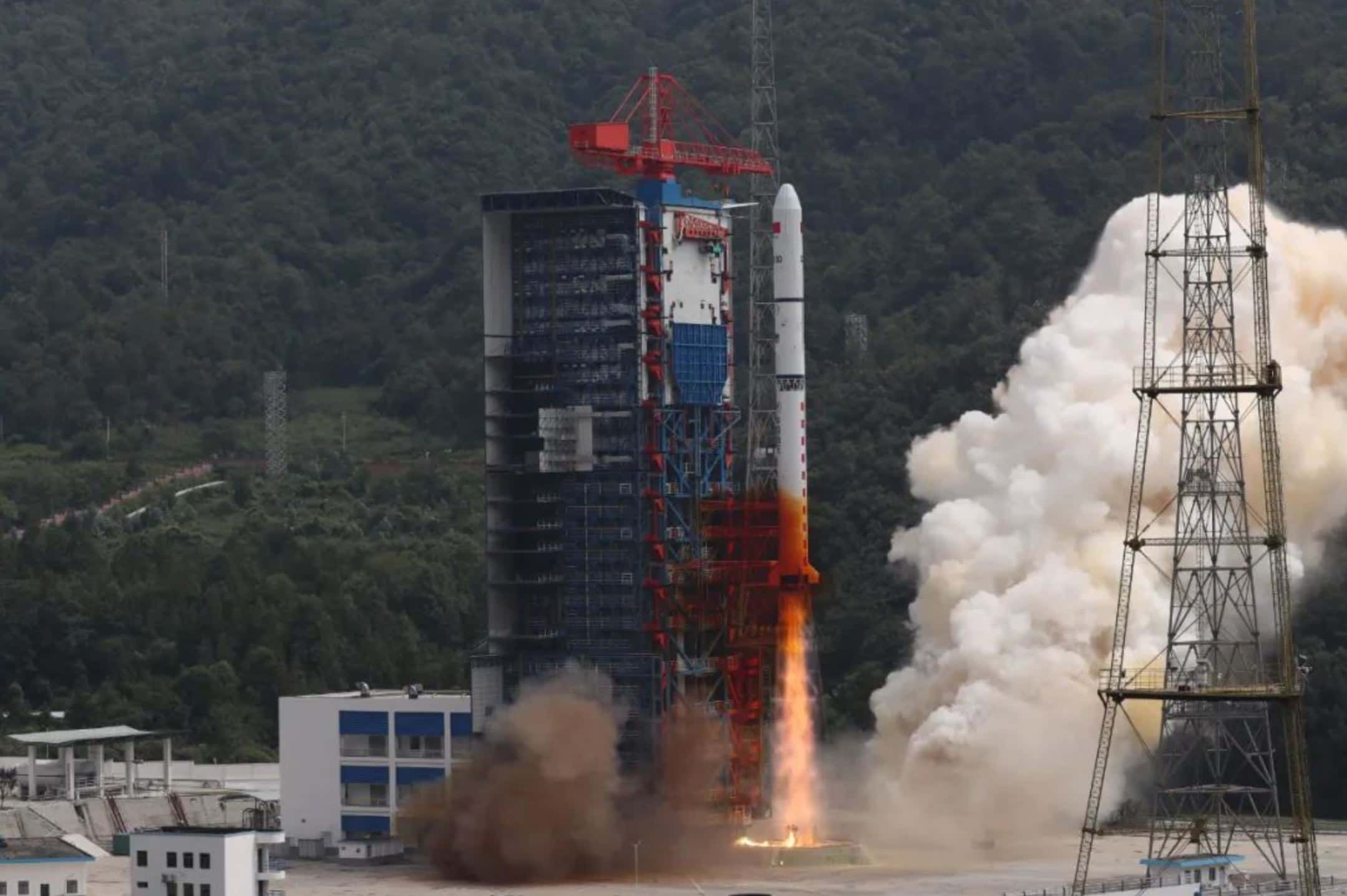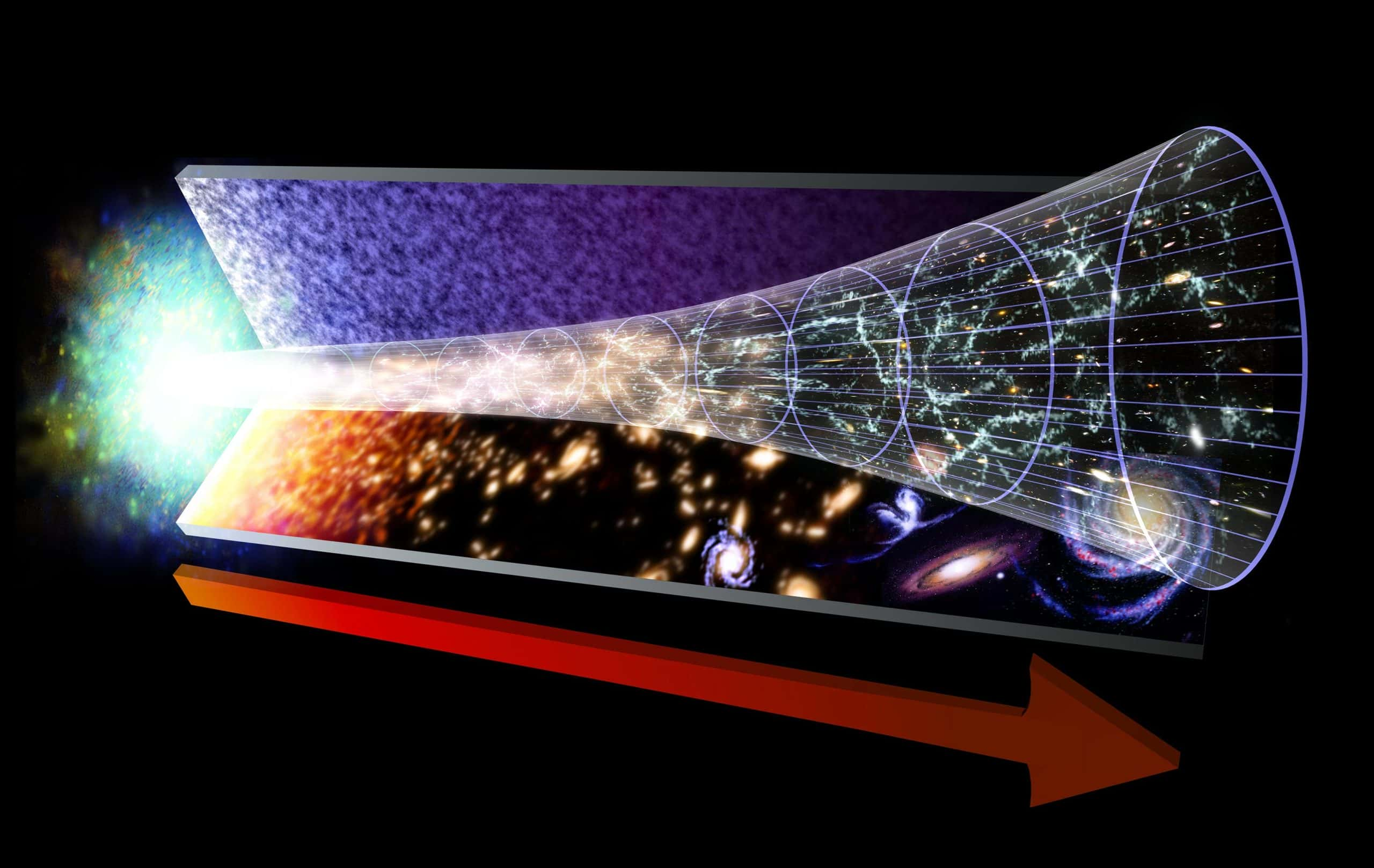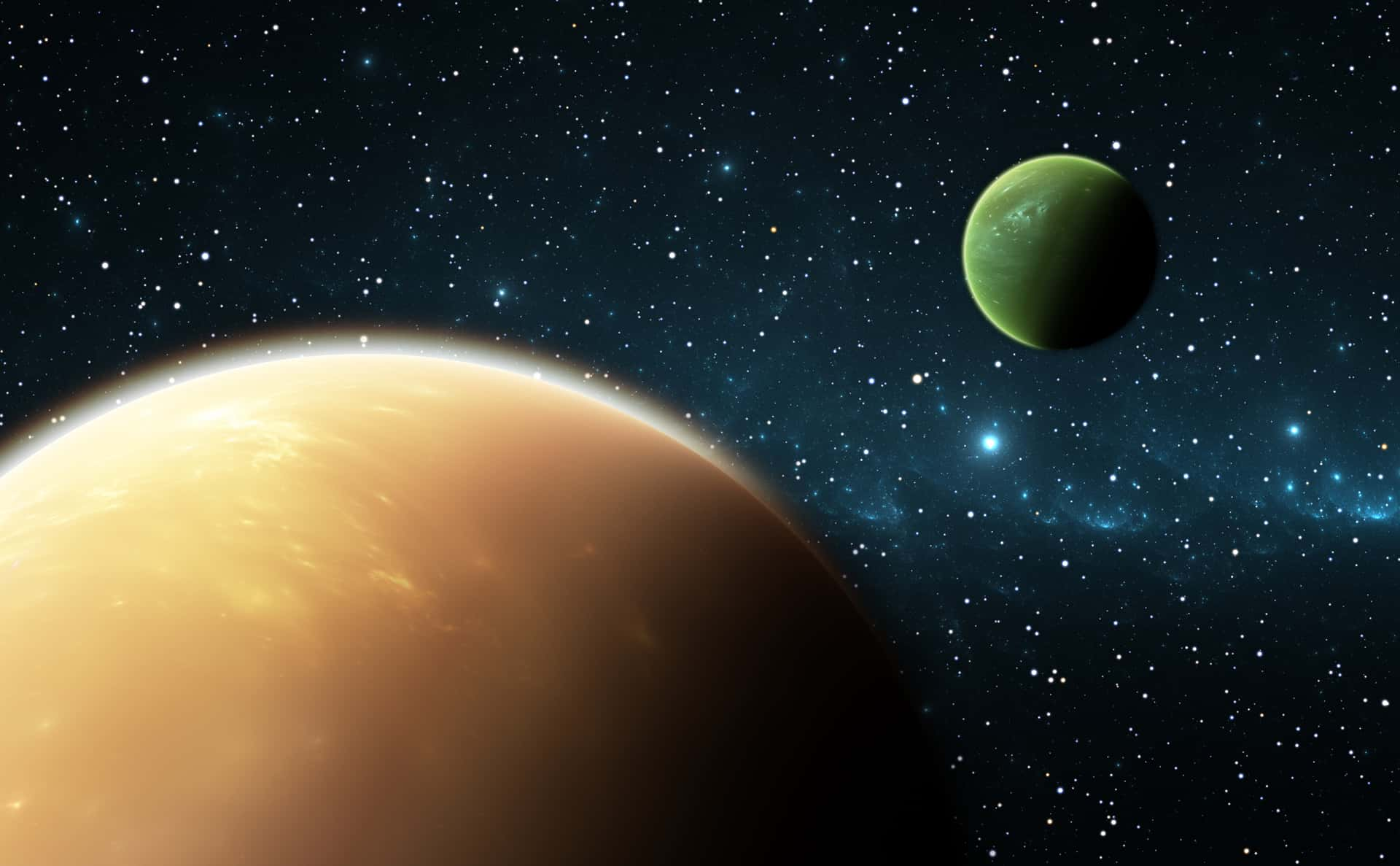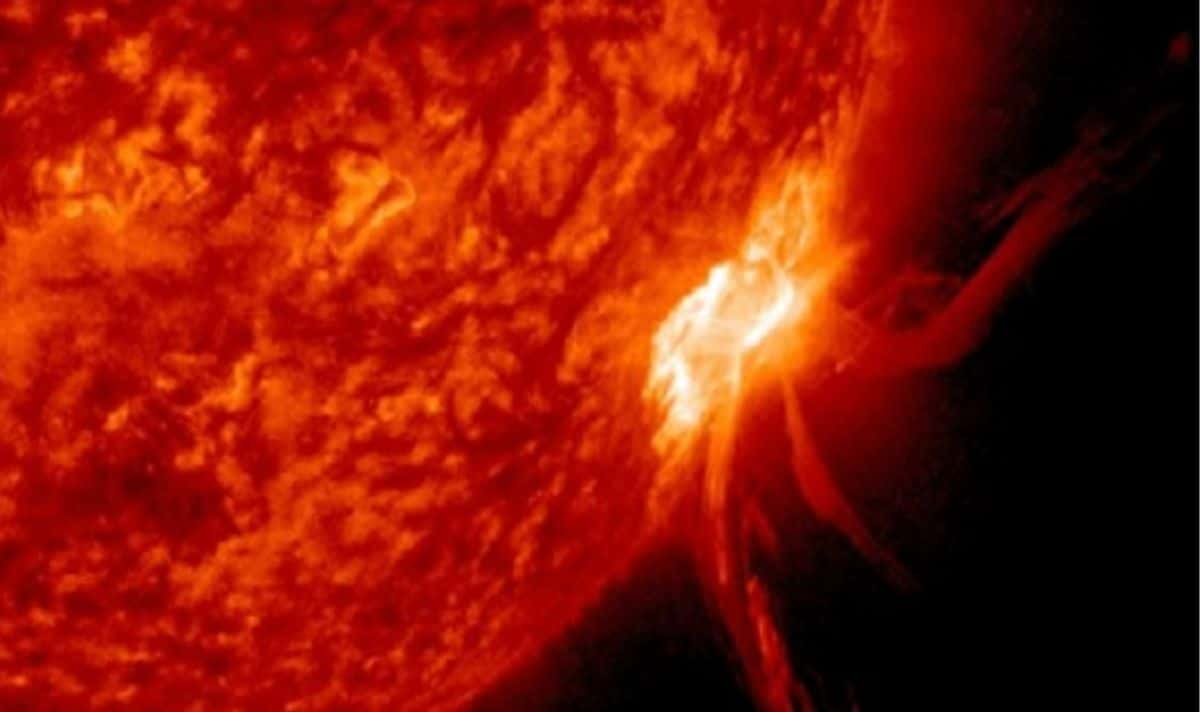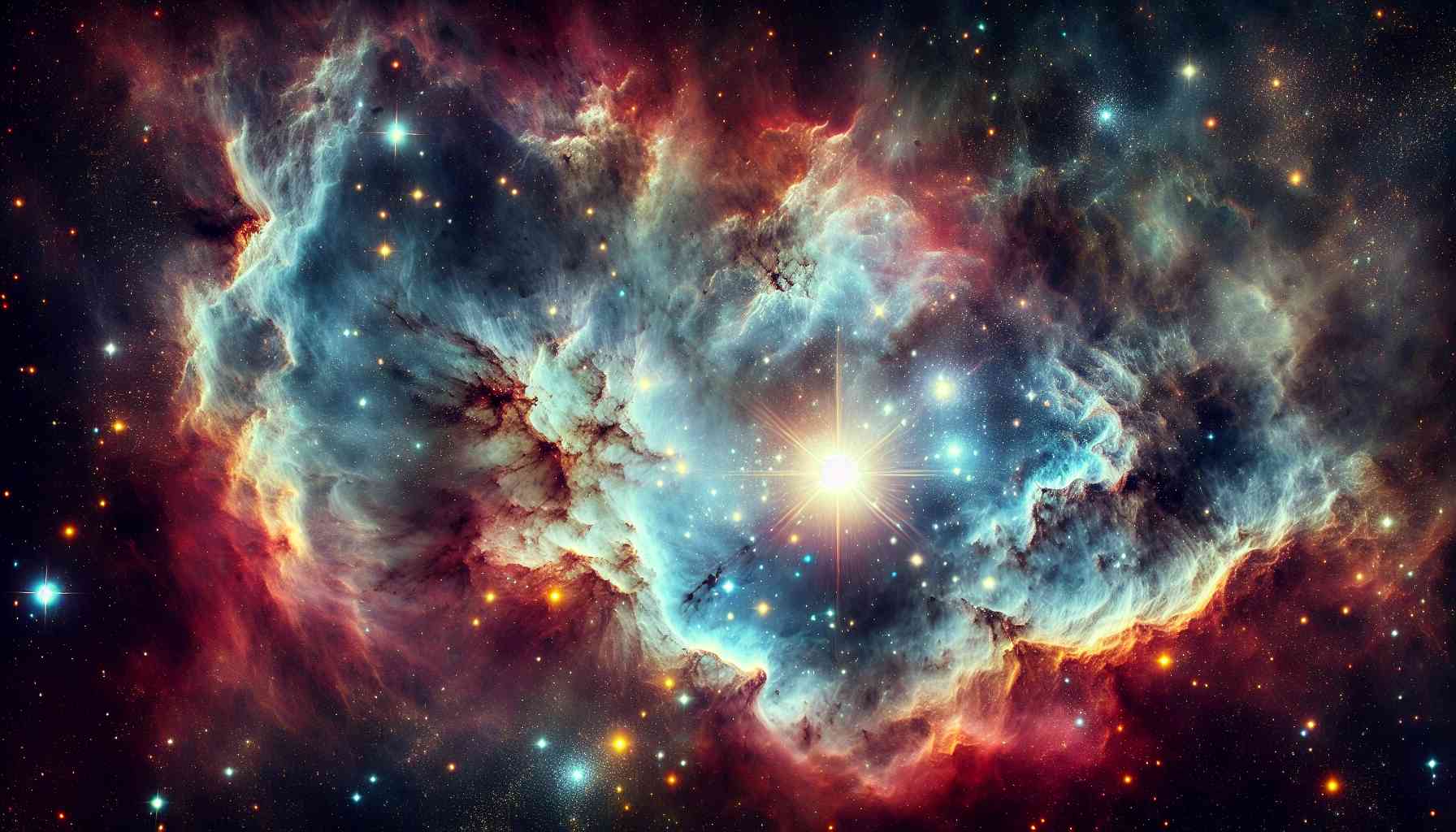
Stunning Image Captured by the Hubble Space Telescope Spotlights NGC 2814 in Galactic Quartet Showcase
NGC 2814, an irregular galaxy, is the undisputed star of the show in the Hubble Space Telescope, with its three companion galaxies intentionally left out of the cosmic frame. In a dazzling celestial display, a member of the galactic quartet steals the limelight in a breathtaking new image beamed down by the Hubble Space Telescope Together,…


